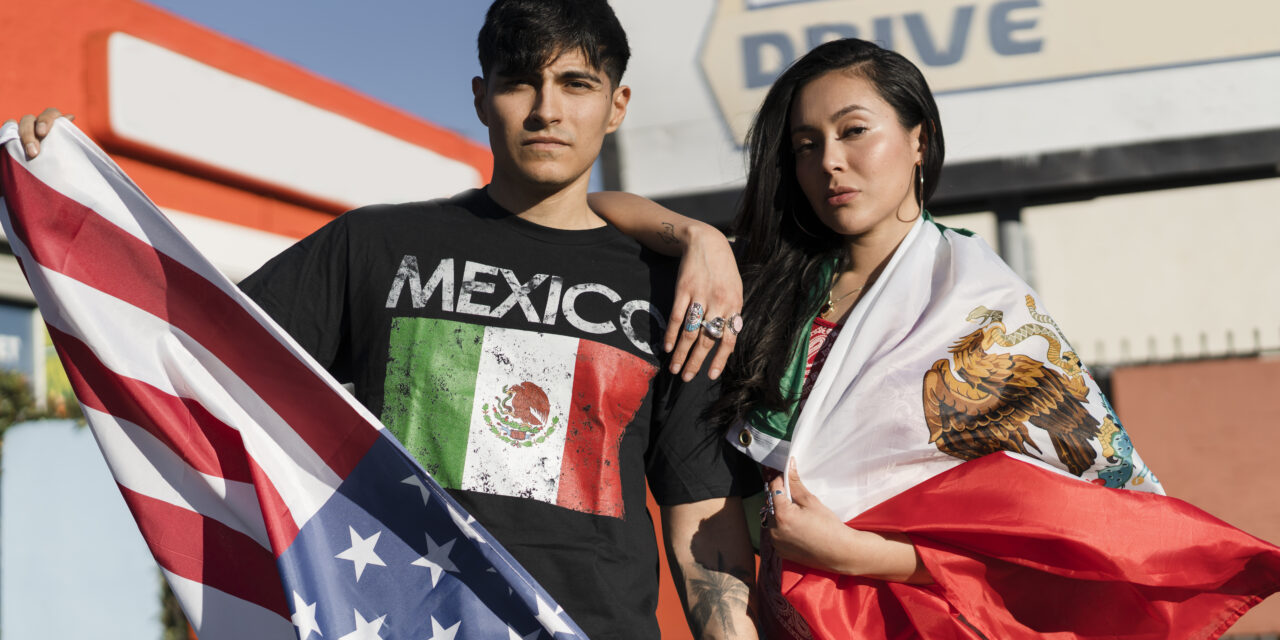By Jorge Reina Schement Originally Published for the Star-Ledger on June 7
President Biden resists pressure to declare a crisis on the southern border, even as members of his administration declare the border “closed.” And, therein festers one of the oldest misconceptions in the American psyche. When we visualize the border as a crisis with a gate, we portray the United States as a besieged victim, as we’ve done for nearly 200 years. Each time, the “crisis” elicits the same narrative —desperate people, alarms of an invasion, calls for paramilitaries, the Rangers, the Border Patrol, or the US Army. Given the perpetual repetition of this story, it’s no surprise that a majority of Americans view Mexico as a dangerous and unstable country with a primitive economy. Yet, as long as we stick to the same old narrative, we’ll never break the cycle that prevents us from exploring new possibilities. It’s time for a more complete story of the people, things and cultures that actually cross that border. The story of the border begins with people. Of the 350 million yearly documented crossings on the world’s busiest border, about 330 million funnel through 33 border towns to shop, visit, play, and learn. On the north side, 11 million Mexican immigrants live all over the U.S. But, this part of the story is incomplete. On the south side, 1.5 million U.S. citizens live all over Mexico. And, whereas 4 in 10 Mexican immigrants live here without proper documentation, about 9 in 10 U.S. immigrants to Mexico live there without proper documentation. While the number of undocumented Americans in Mexico appears to be rising, the number of undocumented Mexicans in the U.S. has declined for over a decade. Mexicans seek jobs and economic stability for their families, while Americans, many in retirement, go South to improve their quality of life. The U.S. may challenge Mexico to export goods not people; but, in fact, both countries export people. When it comes to goods, Mexico, not China, ranks as the U.S.’s largest trading partner, $615 billion in 2019. Moreover, the total balance of trade favors the U.S. and supports 1.2 million American jobs. Agricultural goods, vehicle parts, petro and chemical products, computer and communications equipment flow in both directions. In other words, what each economy produces depends on the other. Neither can go it alone. With the second largest number of Spanish speakers in the world, the U.S. supports 35 Spanish-language television networks plus 624 Latino news media outlets, and at least 55 Spanish-language/bilingual newspapers. In the other direction, Mexican school policy aims to make English learning universal, thereby ensuring that the two languages will coexist south of the border. In their daily lives, 9 in 10 Americans consume Mexican food and include Mexican ingredients in their cooking. They patronize 59,800 Mexican restaurants, 9% of all U.S. restaurants, and more than the number of pizzerias. Birthday parties and celebrations include piñatas. Americans celebrate Cinco de Mayo and drink $600 million worth of beer. For its part, Mexico adopts American culture, from its language, to baseball, to academic exchanges. On both sides of the border, the two cultures continue to assimilate each other. The bottom line is this: The border is a zone of rich exchanges where people in motion seek a better life, where one of the world’s great trade exchanges takes place and where multiple cultures share visions that enrich the human experience. So, it’s time to quit imagining the border as if it’s Hadrian’s Wall. Let’s acknowledge our all-embracing relationship with Mexico for one big reason — we need each other. Jorge Reina Schement is a Distinguished Professor of Communications Policy, American Studies, and Latino Studies in the School of Communication & Information at Rutgers University-New Brunswick. Original publication: https://www.nj.com/opinion/2021/06/its-time-for-the-us-to-embrace-its-relationship-with-mexico-opinion.html







